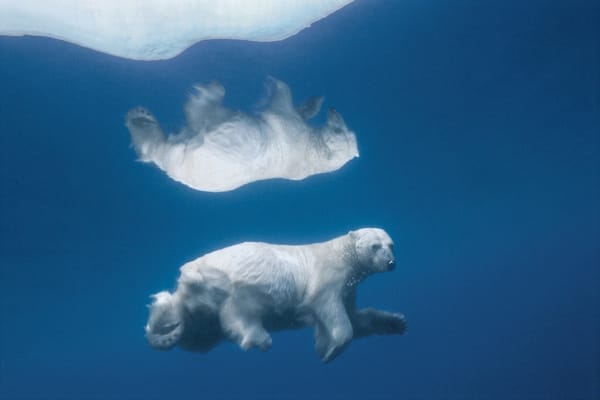Paul Nicklen
National Geographic Reporter, and advocate for the conservation of ecosystems.














Image ©Paul Nicklen/National Geographic Creative

The structure of the feathers is highly complex and the pores through which the air is pushed out are so small, that the bubbles are initially very tiny. So tiny, in fact, that they form a coat on the outer feather surface. This coat of small air bubbles is the key to the penguin's strategy to avoid leopard seals. The bubbles act as a lubricant, drastically reducing drag and enabling the penguins to reach lift-off speeds.
Image ©Paul Nicklen/National Geographic Creative

Over a period of three weeks, I spent hundreds of hours watching these amazing "flightless" birds take flight as they exploded out of the water in an unforgettable show of power and grace. The seemingly simple adaption of using air bubbles to reduce the friction of water, increase speed and explode out of the water is what enables Emperor penguins to avoid predation. Witnessing firsthand the relationship between Emperor penguins and their predators and the strategies they have developed to avoid predation, was the opportunity of a lifetime and one that could only happen in a place that has been as well protected as Antarctica. As remote as this foreboding part of our planet is, the survival of the Emperor penguins is intimately linked, not to the leopard seal, but to human dependence on fossil fuels. As we continue to dump carbon dioxide into the atmosphere, the biggest threat to Emperor penguins is the possible break out of a large ice mass that might block the way between the penguin colony and the ice edge.
Image ©Paul Nicklen/National Geographic Creative


